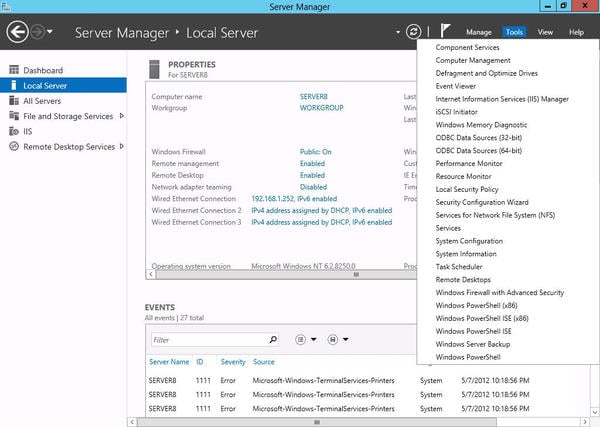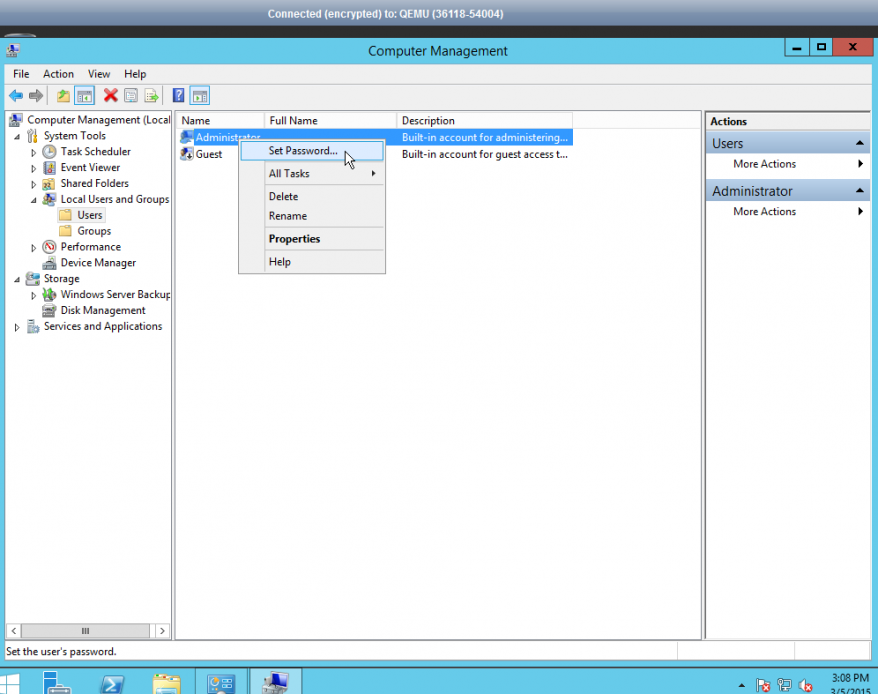
When Microsoft introduced Windows Server 2008 R2, there was a complete overhaul of the entire set of services formerly called Windows Terminal Services, along with a plethora of name changes that served to confuse IT pros. The server-based implementation of Remote Desktop was introduced in Windows NT 4.0 Terminal Services Edition back in 1998 and continued to be called Terminal Services when it was included in Windows 2000 Server, Windows Server 2003 and Windows Server 2008. In Part 2, we’ll look at how additional enhancements and additions have made RDS easier for IT pros to deploy, secure and manage. In Part 1 of this series, we looked at how changes and improvements in Remote Desktop Services in Windows Server 2012/2012 R2 and Windows 8/8.1 have improved the overall experience for end-users.

In the text box labeled "Enter the object names to select," type "Remote Desktop Users." Click the "Check Names" button.

Right-click the name of the Administrator to whom you want to grant Remote Desktop access, then click "Properties" on the pop-up menu.Ĭlick the "Member Of" tab in the Properties window, then click the "Add" button. Select "Local Users and Groups" in the Computer Management navigation pane, then double-click "Users" in the center pane of the window. Grant Remote Desktop Access to an AdministratorĬlick "Start | Control Panel | Administrative Tools | Computer Management." The Computer Management console window opens.


 0 kommentar(er)
0 kommentar(er)
